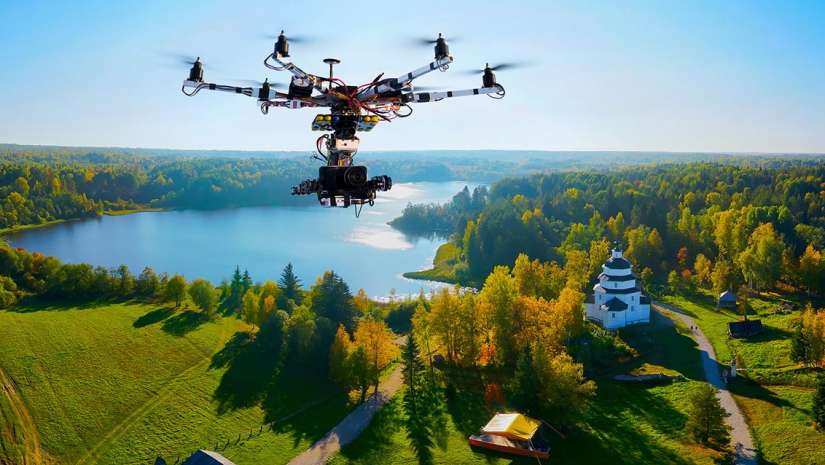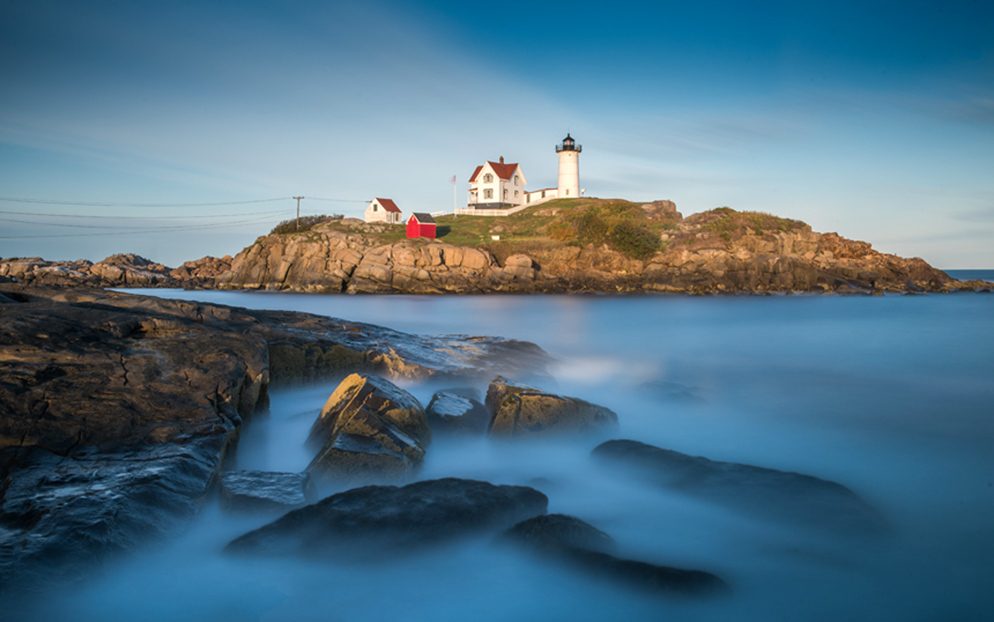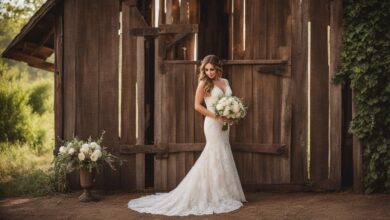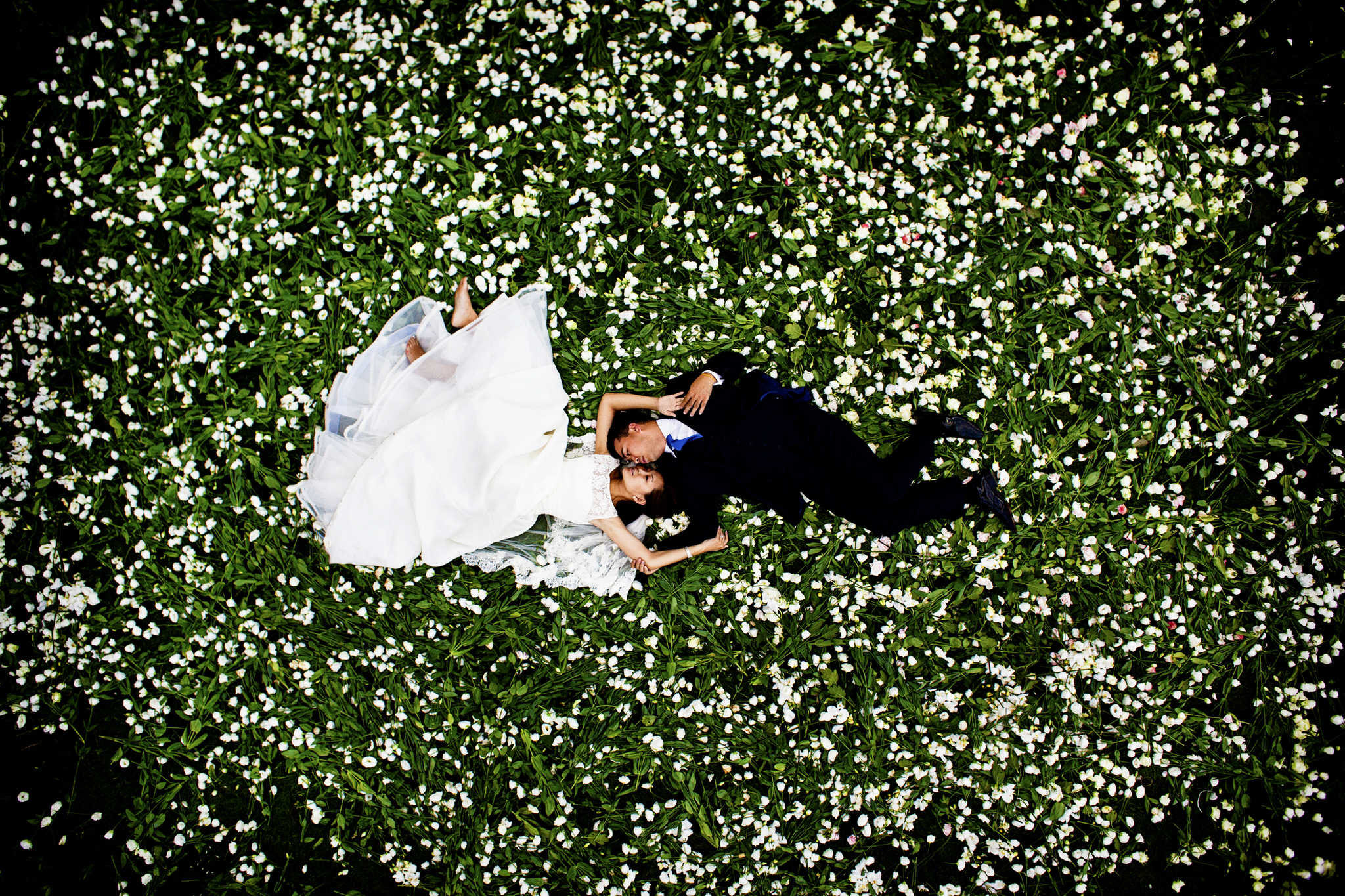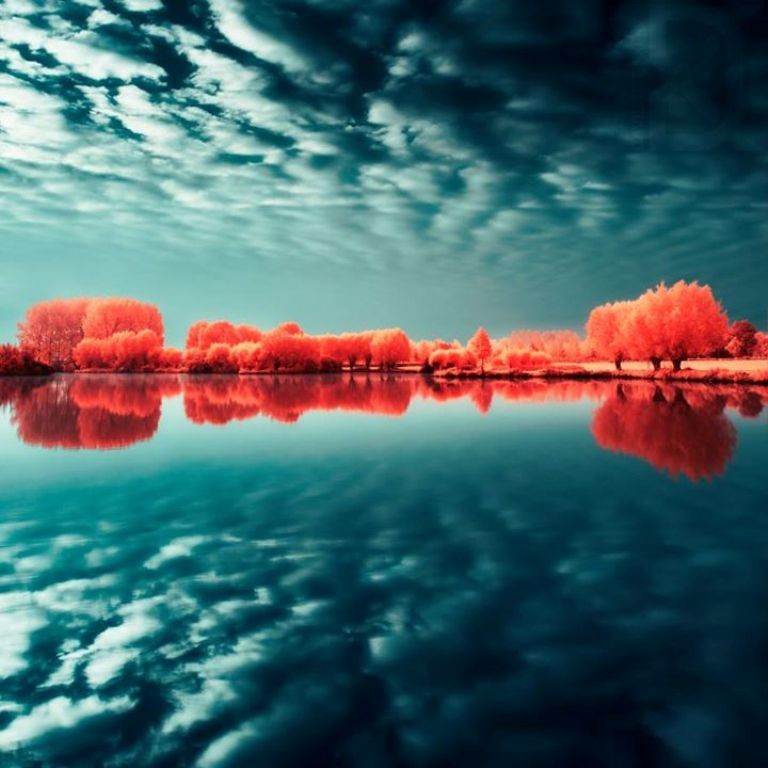Outdoor photography is a fantastic way to capture the beauty of nature and create stunning visual experiences. However, understanding the best time to take outdoor photos is crucial for capturing breathtaking images. In this section, I will share expert tips on determining the ideal lighting conditions for outdoor photography, including the highly coveted golden hour.
Learning how to capture photos in ideal lighting conditions can make all the difference when it comes to enhancing the quality and beauty of your outdoor photographs. Whether you’re a seasoned pro or just starting with outdoor photography, these expert tips will help you make the most out of natural lighting and create awe-inspiring images.
Key Takeaways:
- Timing is essential in outdoor photography, and the best time to take outdoor photos is typically during the golden hour.
- Understanding the importance of lighting in outdoor photography is crucial for capturing nature’s beauty and enhancing photo quality.
- During the golden hour, the sun is low in the sky, creating soft, warm light that is perfect for outdoor photography.
- Maximizing natural lighting and exploring different times and weather conditions can elevate your outdoor photography skillset.
- Optimizing your outdoor photo sessions and experimentation is key to becoming a skilled outdoor photographer.
1 Understanding the Importance of Lighting in Outdoor Photography
One of the most important factors in capturing nature’s beauty in outdoor photography is lighting. The right lighting can enhance outdoor photo quality and make a significant difference in the outcome of your photos. Whether you are a seasoned professional or a beginner, there are valuable natural lighting tips and photography tips for the perfect outdoor shot that you should keep in mind.
The first step in understanding the importance of lighting is to recognize the different types of natural lighting conditions. Direct sunlight can create harsh shadows and overexposure, while cloudy skies can provide soft, even lighting. When the sun is low on the horizon during the golden hour, it creates a warm, golden light that is ideal for outdoor photography.
One way to enhance outdoor photo quality is to shoot during the golden hour. This is a magical time of day for photography, shortly after sunrise and before sunset. The light during this time is soft and diffused, creating a warm and inviting look. It’s a great time to capture landscapes, wildlife, and portraits with a natural, flattering light.
Another important aspect of natural lighting is to pay attention to the direction of the light. Front lighting can create a flat and uninteresting look, while backlighting can create a dramatic effect. Side lighting can highlight texture and depth in your subjects.
When shooting outdoors, it’s important to be aware of the time of day and how it affects the lighting conditions. The angle and quality of light change throughout the day, which can impact the mood and style of your photos. By understanding the best times for outdoor photography and how to optimize natural lighting, you can enhance the overall quality of your outdoor photos.
2 The Golden Hour: A Photographer’s Secret Weapon
As a professional outdoor photographer, I know how essential it is to make the most out of natural lighting conditions to capture stunning images. The golden hour, a period shortly after sunrise or before sunset, offers photographers optimal lighting conditions. This is considered the ideal time for outdoor photography as the light is softer, warmer, and less harsh, creating a magical and enchanting atmosphere.
Maximizing photo opportunities during the golden hour requires professional outdoor photography techniques and some preparation. It’s essential to plan ahead and know the ideal time for outdoor photography in your location. You can use various apps or websites that provide you with the exact timings for the golden hour, depending on your location and the season.
Taking photos in different weather conditions can also be a challenge, but with the right techniques, maximizing photo opportunities during the golden hour is possible. Preparation is key, and I always research the weather conditions and light forecast for the day. This way, I can plan an optimal outdoor photo shoot schedule and take advantage of the best light possible.
3 Professional Outdoor Photography Techniques for the Golden Hour
Maximizing photo opportunities during the golden hour requires some professional outdoor photography techniques. Here are some tips:
- Arrive early: Plan ahead and arrive at your location at least an hour before the golden hour. This way, you can scout the area, find the best location and composition, and set up your gear.
- Use a tripod: Shooting during the golden hour requires slower shutter speeds, which can lead to camera shake and blurry images. Using a tripod can help stabilize your camera and avoid these issues.
- Shoot in manual mode: Shooting in manual mode will give you greater control over your camera settings, enabling you to adjust the aperture, shutter speed, and ISO to achieve optimal exposure and sharpness.
- Experiment with composition: The golden hour offers a magical and enchanting atmosphere, creating an ideal time for outdoor photography and capturing stunning images. Experiment with composition and find the angle that best captures the moment and the mood you are trying to convey.
- Use creative lighting: The golden hour offers unique and creative lighting opportunities. Experiment with different lighting angles, shadows, and contrasts to create stunning and unique images.
By using these professional outdoor photography techniques, you can make the most out of the golden hour and maximize your photo opportunities, regardless of the weather conditions.
4 Making the Most of Natural Lighting
When it comes to outdoor photography, natural lighting is your best friend. Optimal lighting conditions can transform an ordinary photo into an extraordinary one. As a photographer, your goal is to capture the best light for outdoor photography and make the most out of outdoor photo opportunities. Here are some tips on how to do that:
- Pay attention to the quality of light: The quality of light can change dramatically throughout the day. Soft, diffused light is best for outdoor photography, especially for portraits, while harsh, direct light can create unflattering shadows. Depending on the weather conditions, you may need to adjust your exposure settings and white balance to capture the best light.
- Understand the direction of light: The direction of light can greatly affect the mood and feel of your photos. Front lighting, where the light comes from behind the camera, is the most common and easiest to work with. Side lighting can add depth and dimension to your photos, while backlighting can create a halo effect around the subject. Experiment with different lighting directions to find what works best for your composition.
- Make use of natural reflectors: Natural reflectors, such as water, snow, or sand, can bounce light back onto your subject and illuminate shadow areas. Look for surfaces that reflect light and use them to your advantage.
- Be mindful of the golden hour: The golden hour, a period shortly after sunrise or before sunset, offers photographers optimal lighting conditions. During this time, the sun’s light is soft and warm, creating a magical and dreamy effect. Plan your outdoor photo sessions around the golden hour for the best results.
By optimizing your outdoor photo sessions with natural lighting, you can capture stunning and impactful photos that showcase the beauty of the great outdoors.
5 Exploring Different Times for Outdoor Photography
While the golden hour is a popular time for outdoor photography, there are other ideal times of the day to capture stunning images. The best times for landscape photography are during the early morning and late afternoon when the sun is lower on the horizon. This soft light creates long shadows and golden hues, perfect for capturing the beauty of nature.
Photography lighting tips also suggest that overcast days can provide a unique opportunity to capture moody and dramatic images. The soft and even light of a cloudy day works well for photographing subjects such as waterfalls, fog-covered mountains, and other natural wonders.
To enhance outdoor photos, it’s important to experiment with different times of day and lighting conditions. The late afternoon often offers the best natural light, but it’s worth exploring other times of day to take advantage of unique lighting conditions.
6 How to Enhance Outdoor Photos
When trying to enhance outdoor photos, mastering the use of natural light is crucial. Taking the time to understand how light behaves in different conditions allows you to create stunning images. Additionally, consider using filters, such as polarizing filters, to enhance colors and contrast in your outdoor shots.
Another way to enhance outdoor photos is by using the rule of thirds, a composition technique in which the subject is placed at an intersection of imaginary lines dividing the photo into thirds. This creates a balanced and visually appealing image.
Finally, consider incorporating foreground elements to your photos to add depth and dimension. Including elements such as rocks, plants, or even human figures can provide context and make the photo more interesting.
7 Unleashing Creativity During Outdoor Photo Shoots
Outdoor photo shoots offer endless opportunities for capturing stunning images. As a photographer, I love to explore different angles, perspectives, and lighting conditions to create unique and memorable compositions. Here are some outdoor photo shoot ideas to help you capture the perfect shot and maximize the natural beauty in your outdoor photography.
1. Experiment with Different Angles
One way to unleash your creativity during outdoor photo shoots is by experimenting with various angles and perspectives. Don’t be afraid to get down low or climb up high to capture the perfect shot. Adjust your camera’s settings to create different depths of field and focus on the details that catch your eye.
2. Play with the Light
The right lighting can transform an ordinary image into a masterpiece. During your outdoor photo shoot, play with the natural light and shadows to create depth and contrast. You can also use reflectors or artificial lighting to enhance certain elements of your composition.
3. Use Props and Accessories
Props and accessories can add an extra layer of creativity to your outdoor photo shoot. Whether it’s a colorful scarf, a mirrored surface, or a bouquet of flowers, use props and accessories to add visual interest and texture to your composition.
4. Incorporate Movement
Incorporating movement into your outdoor photography can add a sense of dynamism and energy to your images. Experiment with capturing motion blur, using slow shutter speeds, or asking your subjects to move in front of the camera for a dynamic, action-packed shot.
5. Scout Out Unique Locations
One of the best ways to unleash your creativity during outdoor photo shoots is by scouting out unique locations. Explore different areas, from urban landscapes to secluded natural settings, and look for interesting textures, patterns, and colors that will make your images stand out.
Remember, capturing the perfect shot during an outdoor photo shoot takes practice and experimentation. By using these outdoor photo shoot ideas and maximizing the natural beauty around you, you can create stunning compositions that evoke emotion and stand the test of time.
8 Weather Conditions and Outdoor Photography
As a professional outdoor photographer, I know that weather conditions can make or break a photo shoot. However, with careful planning and preparation, you can still capture amazing outdoor photo opportunities, no matter the weather.
When it comes to taking photos in different weather conditions, there are a few important things to keep in mind. Firstly, you’ll need to prepare your gear for the specific weather conditions you’ll be shooting in. This could mean packing extra waterproof covers, lens hoods, and even umbrellas or raincoats to protect yourself and your equipment.
Another key factor to consider is how the weather conditions will impact the lighting in your photos. For example, overcast skies can create a soft, diffused light that can be perfect for certain types of outdoor photography, such as portraits or macro shots. On the other hand, bright sunlight can make it more challenging to capture detail and can result in harsh shadows and glare. In these situations, it’s often best to find a shady area or use diffusers or reflectors to soften the light and create more even, flattering lighting for your subjects or landscapes.
Finally, it’s important to stay flexible and adaptable when taking photos in different weather conditions. Don’t be afraid to experiment with different angles, compositions, and settings to find the perfect shot. When it comes to capturing the perfect shot in outdoor settings, it’s often a matter of trial and error, as well as a willingness to take risks and try new things.
In summary, taking photos in different weather conditions can be a challenge, but it’s also a great opportunity to push your creativity and capture unique and memorable outdoor photo opportunities. By preparing your gear, understanding how the weather conditions impact lighting, and staying flexible and adaptable, you can capture stunning outdoor photos in any weather.
9 The Magic of Golden Hour Photography
The golden hour, also known as the magic hour, is a period shortly after sunrise or before sunset when the natural light is at its most beautiful. It can transform the atmosphere of your outdoor photos, bathing them in warm, golden light and creating a mesmerizing effect. As a photographer, mastering golden hour photography can enhance your skills and produce stunning results.
Natural light photography is a popular style among outdoor photographers. It allows you to capture the true essence of nature and create images that are organic and genuine. Golden hour photography takes natural light to the next level, offering photographers optimal lighting conditions to showcase their skills.
Capturing the perfect shot during the golden hour requires some planning and preparation. First, you need to determine the exact time when the golden hour occurs in your area. There are many apps and websites that can help you with this, so be sure to do your research.
Once you have determined the timing, it’s time to choose your location and subject. Consider how the sunlight will interact with your subject during the golden hour and choose compositions that maximize the lighting. Try to capture silhouettes, lens flares, and other creative effects that can be achieved through the golden hour’s unique lighting.
When shooting during the golden hour, it can be helpful to use a tripod to stabilize your camera and ensure sharp, clear images. A polarizing filter can also be useful for enhancing the colors and reducing glare.
To truly make the most of the magic hour, experiment with different techniques and styles. Try shooting from different angles and distances, play around with aperture and shutter speed to get creative effects, and don’t be afraid to take risks.
The golden hour is a photographer’s secret weapon for capturing the perfect shot. With its unique lighting and atmospheric conditions, it offers endless possibilities for outdoor photography. So grab your camera, head outside, and explore the magic of golden hour photography!
10 Tips for Maximizing Photo Opportunities in Outdoor Settings
Outdoor photography provides ample opportunities to capture the beauty of nature. However, to create stunning and impactful images, it is essential to follow certain tips and techniques. Here are some outdoor photography tips to help you capture nature’s beauty and enhance the quality of your outdoor photos.
- Research your location ahead of time. Knowing the terrain, lighting conditions, and weather can help you plan and prepare your shot beforehand.
- Use a tripod to stabilize your camera and get sharper images. This is particularly helpful when shooting in low light.
- Take advantage of different angles and perspectives. Experiment with different viewpoints and distances to create unique compositions.
- Include foreground elements to add depth and dimension to your photos. This technique can make your images more engaging and impactful.
- Pay attention to the direction and quality of light. Different types of lighting can create different moods and effects.
- Find a focal point to anchor your composition. Whether it’s a tree, a mountain, or a person, having a focal point can make your image more compelling and easier to understand.
- Consider using filters to enhance your images. Polarizing filters can reduce glare and improve color saturation, while neutral density filters can help you create long exposures.
- Edit your photos carefully. Use software like Adobe Lightroom or Photoshop to adjust exposure, contrast, and color balance. However, make sure your editing enhances the natural beauty of your photos rather than detracting from it.
By following these outdoor photography tips, you can maximize your photo opportunities and capture the true essence of nature. Remember, practice and experimentation are key to becoming a skilled outdoor photographer.
11 Enhancing Outdoor Photos with Optimal Lighting
Lighting is essential for capturing the perfect outdoor shot, regardless of the subject. By understanding how to optimize lighting conditions, you can enhance your outdoor photos with stunning visual impact. Here are some photography tips for the perfect outdoor shot:
- Consider the time of day: The golden hour, shortly after sunrise or before sunset, offers optimal lighting conditions for outdoor photography. However, other times of the day can also offer unique lighting situations to explore and experiment with.
- Maximize natural light: Natural light can be harnessed in various ways to create stunning outdoor photos. Consider using reflective surfaces or light diffusers to manipulate natural light and enhance the quality of your images.
- Utilize artificial light: In situations where natural light is limited, artificial light sources such as flash or LED lights can be used to create unique and impactful lighting situations.
- Experiment with angles: The angle of light can greatly impact the final look of your photo. Consider shooting from different angles and positions to explore the effects of light on your subject.
To optimize your outdoor photo sessions, it is essential to understand how to enhance your photos through lighting. By following these tips and techniques, you can elevate your outdoor photography skills and create stunning visual experiences that capture the natural beauty of the world around you.
Conclusion
As a professional photographer, I know that timing is everything when it comes to outdoor photography. By following expert tips and understanding the impact of lighting on your photos, you can elevate your skills and capture breathtaking images.
The golden hour is a magical time for photographers, but it’s not the only time to capture stunning outdoor photos. Experiment with different lighting conditions and hone your skills to make the most out of any setting.
Practice Makes Perfect
Remember, takes practice and experimentation. Take the time to explore and harness the natural beauty around you. Don’t be afraid to try new techniques and push your creative boundaries.
With dedication and persistence, you can expand your knowledge and take your outdoor photography to the next level. Whether you’re capturing landscapes, wildlife, or details of the natural world, optimal timing and lighting can help you create extraordinary visual experiences.
So get out there, explore, and let your creativity run wild. With these expert tips and techniques, you can capture the beauty of the natural world and create images that inspire and captivate.
FAQ
What is the best time to take outdoor photos?
The best time to take outdoor photos is during the golden hour, which is shortly after sunrise or before sunset. This time of day offers optimal lighting conditions and a warm, golden glow that enhances the beauty of your images.
How does lighting impact outdoor photography?
Lighting plays a crucial role in outdoor photography. It can enhance the quality and beauty of your images, highlighting details and creating a captivating atmosphere. Understanding how to utilize natural lighting and adapt to different lighting conditions is key to capturing stunning outdoor photos.
What is the golden hour and why is it important for photographers?
The golden hour refers to the period shortly after sunrise or before sunset when the lighting conditions are optimal for photography. During this time, the sun is low in the sky, casting a warm and golden light that adds a magical touch to your images. The golden hour is highly sought after by photographers because it creates a soft and flattering illumination, enhancing the beauty of outdoor subjects.
How can I make the most of natural lighting in outdoor photography?
To make the most of natural lighting, you should pay attention to the direction and intensity of the light. Experiment with different angles and positions to find the best light for your subject. Additionally, consider using reflectors or diffusers to manipulate and control the light. By understanding and utilizing natural lighting, you can capture stunning outdoor photos.
Are there specific times other than the golden hour that are ideal for outdoor photography?
Yes, there are other times of the day that can be ideal for outdoor photography. The hour after sunrise and the hour before sunset, known as the blue hour, can offer unique lighting conditions with a cooler color temperature. Additionally, mid-morning and late afternoon can still provide good lighting depending on the weather and location. Experimenting with different times of the day will allow you to capture diverse and captivating outdoor photos.
How can I unleash my creativity during outdoor photo shoots?
To unleash your creativity during outdoor photo shoots, explore different angles, compositions, and perspectives. Experiment with depth of field, use leading lines to create visual interest, and incorporate natural elements into your shots. Don’t be afraid to try new approaches and think outside the box to capture unique and captivating images.
How can weather conditions affect outdoor photography?
Weather conditions can greatly impact outdoor photography. Rain, fog, clouds, or snow can add drama and mood to your images, while bright sunlight can create harsh shadows and overexposure. Embrace different weather conditions and adapt your photography techniques accordingly. Challenging weather can often lead to unique and stunning photo opportunities.
What is golden hour photography and how can I maximize its potential?
Golden hour photography involves capturing images during the period shortly after sunrise or before sunset when the lighting conditions are ideal. To maximize the potential of golden hour photography, scout locations in advance, plan your composition, and experiment with different settings and techniques. Be prepared to capture the magical light and create breathtaking images.
What are some tips for maximizing photo opportunities in outdoor settings?
To maximize photo opportunities in outdoor settings, research and plan your shoot, scout locations, and be patient. Explore different angles and perspectives, use foreground elements to add depth, and leverage the natural beauty of the scenery. Be prepared to capture unexpected moments and always have your camera ready to seize the perfect shot.
How can I enhance my outdoor photos with optimal lighting?
To enhance your outdoor photos with optimal lighting, pay attention to the direction and intensity of the light. Position your subjects in a way that highlights their features and use reflectors or diffusers to control and manipulate the light. Experiment with different angles and settings to find the perfect balance and create stunning images.
What should I keep in mind when taking outdoor photos?
When taking outdoor photos, it’s important to be prepared and adaptable. Pay attention to lighting conditions, weather changes, and the environment around you. Experiment with different techniques, angles, and settings to capture unique and striking images. Practice regularly and never be afraid to push the boundaries of your creativity.














